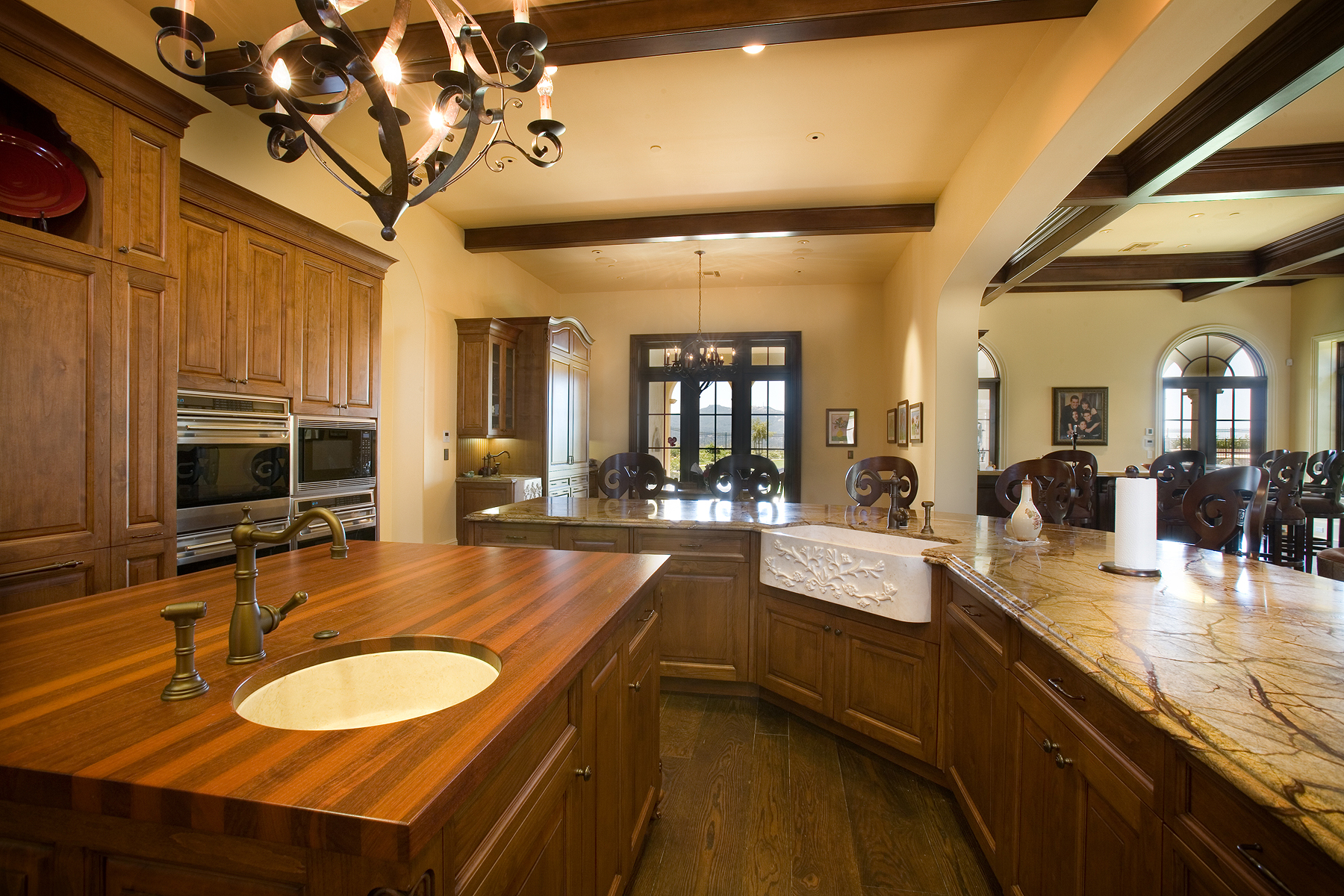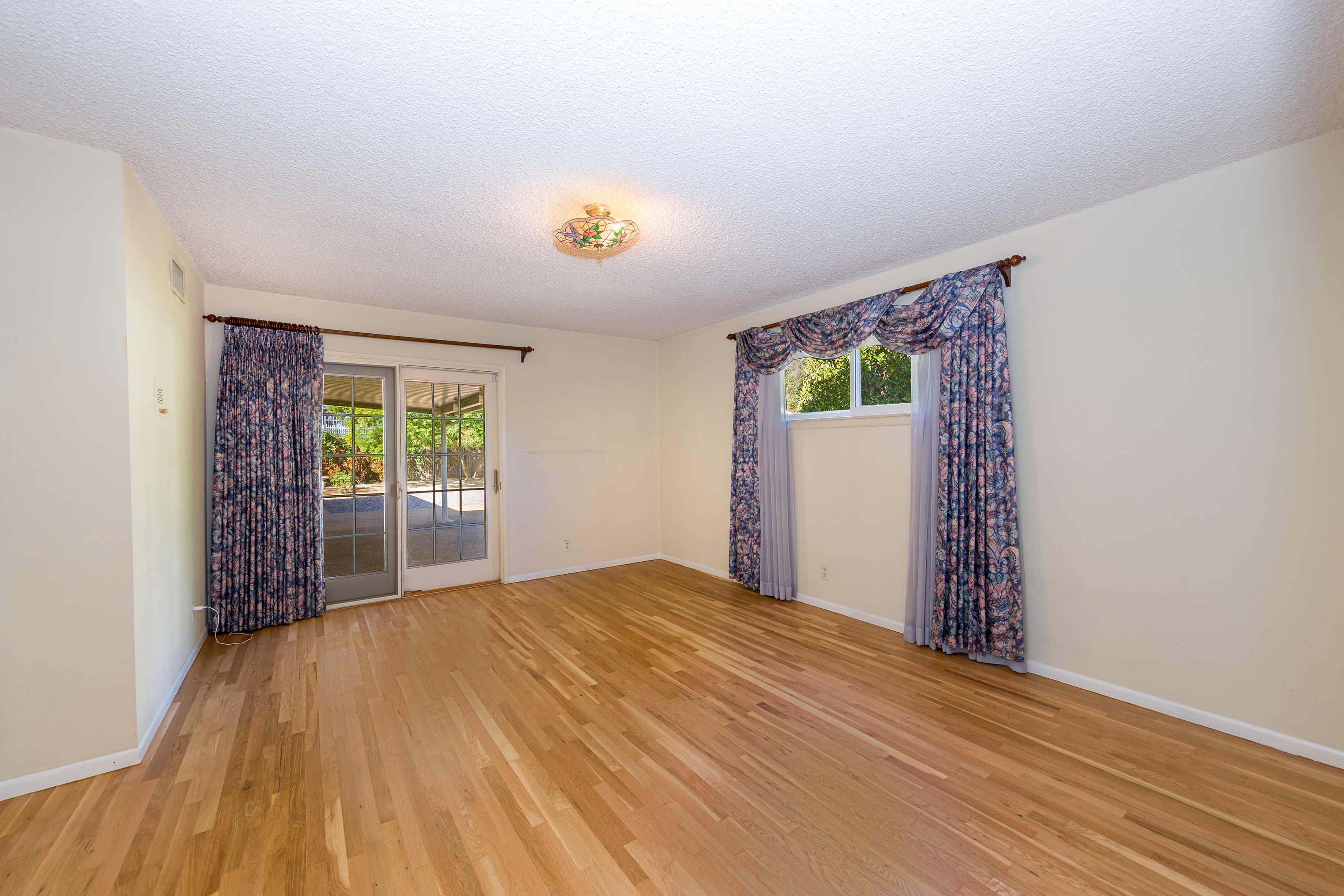
Why HDR Photos Stand Out in Real Estate
Why HDR Photos Stand Out in Real Estate
In the competitive world of real estate, first impressions are crucial, and the photos you use to showcase a property can make all the difference. When it comes to capturing the true essence of a space, High Dynamic Range (HDR) photography has become a go-to technique. But why does HDR stand out so much in real estate photography compared to standard photography? Let’s explore the key differences and benefits.
What is HDR Photography?
HDR (High Dynamic Range) photography involves taking multiple images of the same scene at different exposure levels and blending them to create one perfectly lit image. This method ensures that all areas of a photo, from the darkest shadows to the brightest highlights, are well-balanced and detailed.
Standard Photography in Real Estate
Standard photography, on the other hand, captures a single image at a fixed exposure. While this method is simpler and faster, it can struggle with the varying light conditions often found in real estate photography, such as brightly lit windows or shadowed corners. The result can be images that either lack detail or have uneven lighting, making rooms appear less appealing.
Benefits and Applications of HDR in Real Estate
HDR Photography:
Balanced Lighting: One of the biggest advantages of HDR photography in real estate is its ability to balance lighting across a room. Whether you’re photographing a living room with large windows or a kitchen with multiple light sources, HDR ensures that the entire space is evenly lit, making it look more inviting.
Showcasing Details: HDR captures the intricate details of a property, from the texture of hardwood floors to the fine features of countertops and fixtures. This level of detail helps potential buyers get a better sense of the property’s quality and craftsmanship.
Enhanced Appeal: By producing images that are true to life and visually stunning, HDR can significantly enhance the appeal of a listing, making it stand out in online searches and marketing materials.

Standard Photography:
Speed and Simplicity: Standard photography is quicker and requires less post-processing, which can be advantageous for capturing simple, straightforward shots. It’s useful for properties where time is of the essence or where lighting conditions are relatively uniform.
Lower Cost: Without the need for specialized equipment or software, standard photography can be more cost-effective, particularly for smaller listings or those in less competitive markets.

Visual Examples and Comparisons
Imagine photographing a room with large windows on a sunny day. With standard photography, the bright light from the windows might cause the rest of the room to appear dark, losing important details in the process. In contrast, HDR photography would capture the full range of light, showing both the bright view outside and the well-lit interior, making the room look more spacious and welcoming.
Another example is photographing a property’s exterior at sunset. Standard photography might capture the vibrant colors of the sky but lose detail in the building’s facade. HDR, however, would maintain the colors of the sunset while also preserving the details of the property, creating a more balanced and attractive image.
If you’re in the real estate business, HDR photography is a powerful tool that can set your listings apart from the competition. By capturing images that are both beautiful and true to life, HDR can help you present properties in their best light, attracting more potential buyers.
Consider incorporating HDR into your real estate photography strategy. Whether you’re showcasing a luxury home or a cozy apartment, HDR can make your listings more compelling and visually impressive. Try HDR photography today and see the difference it can make in your real estate marketing!
